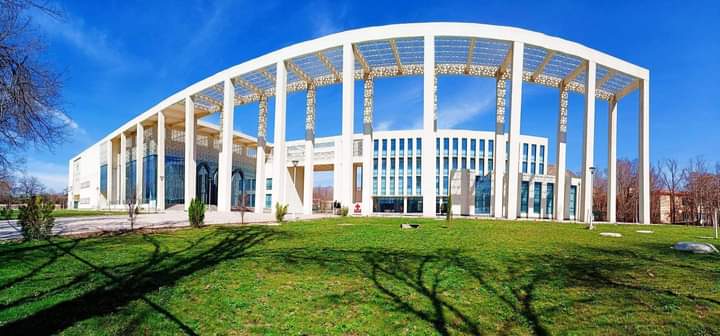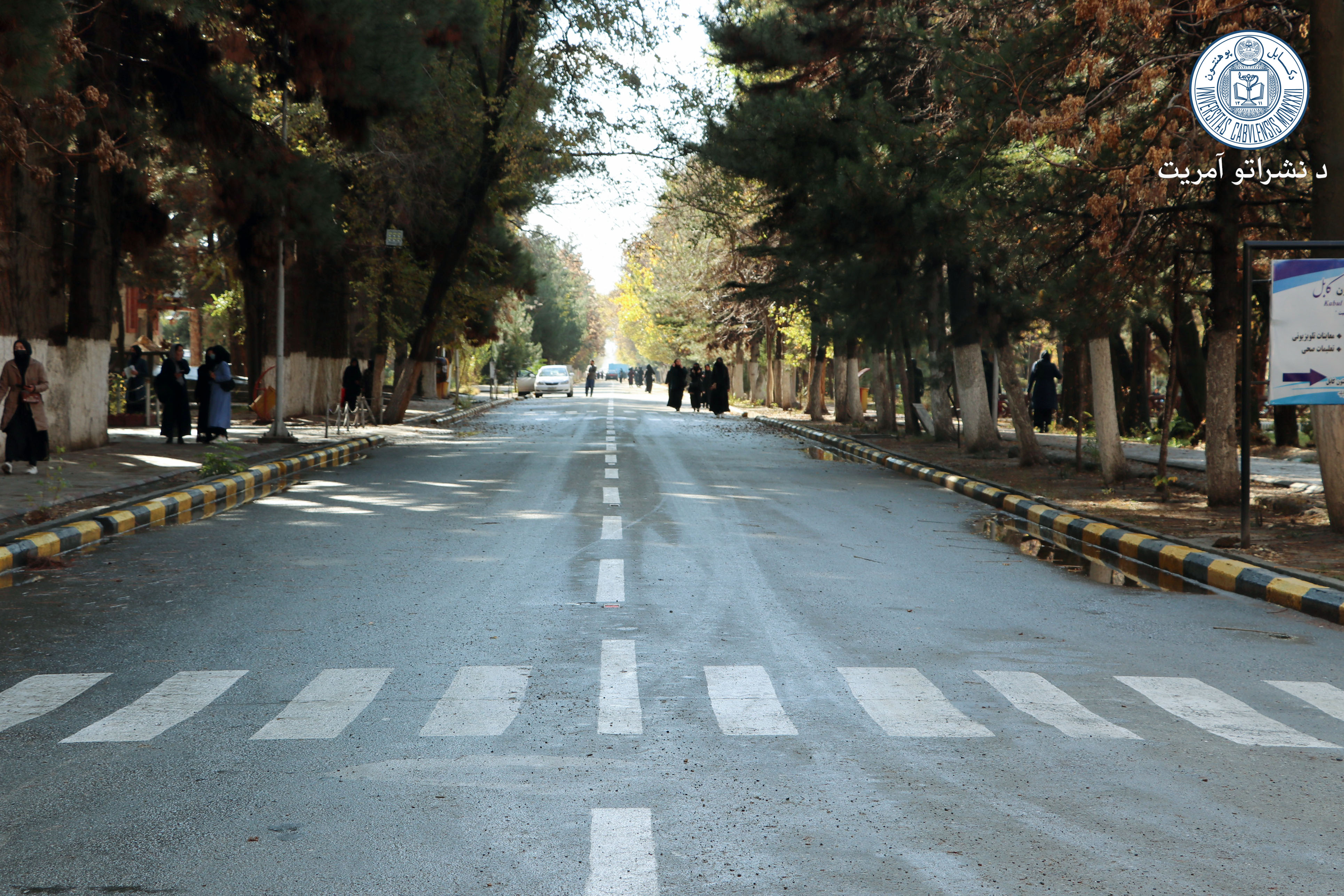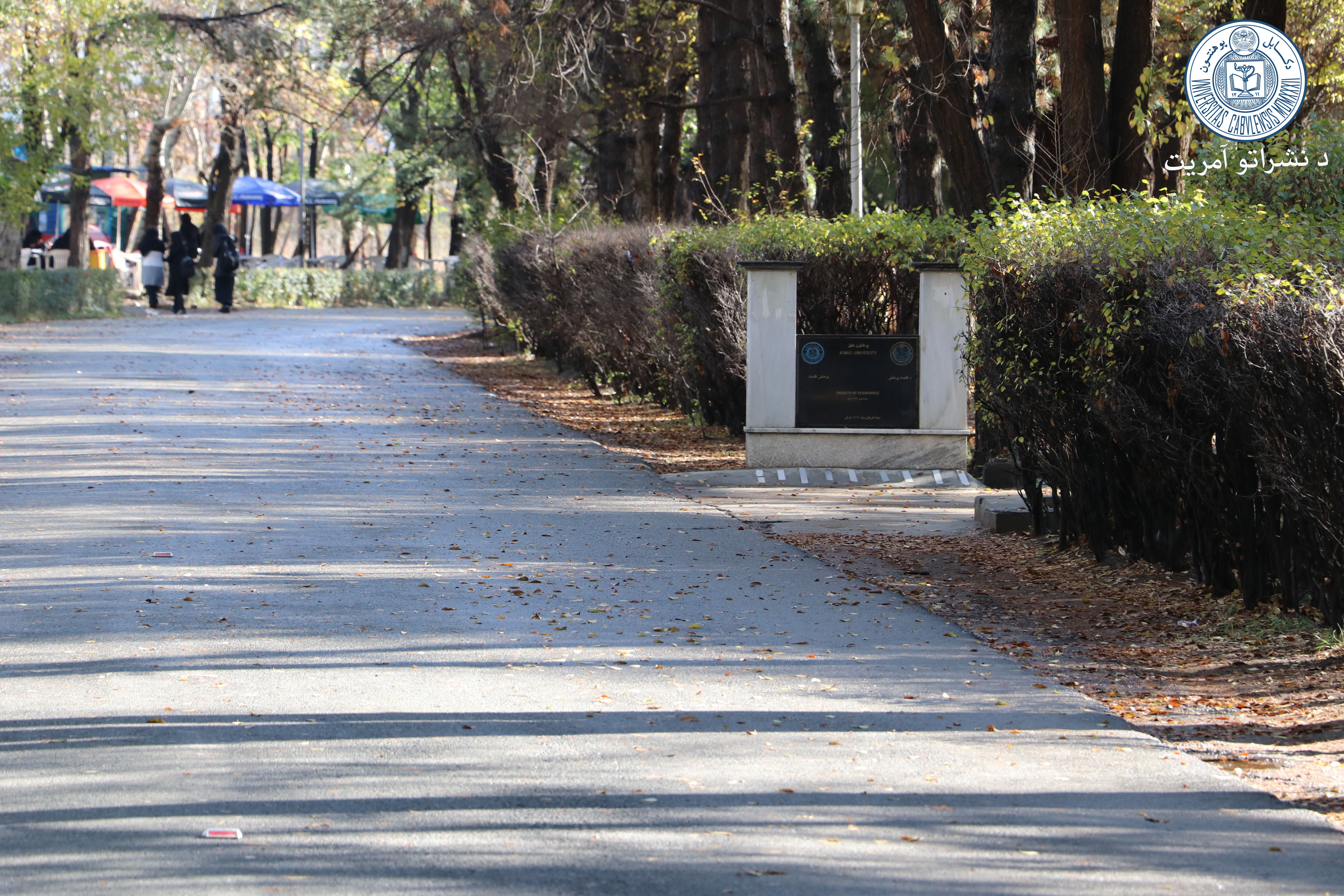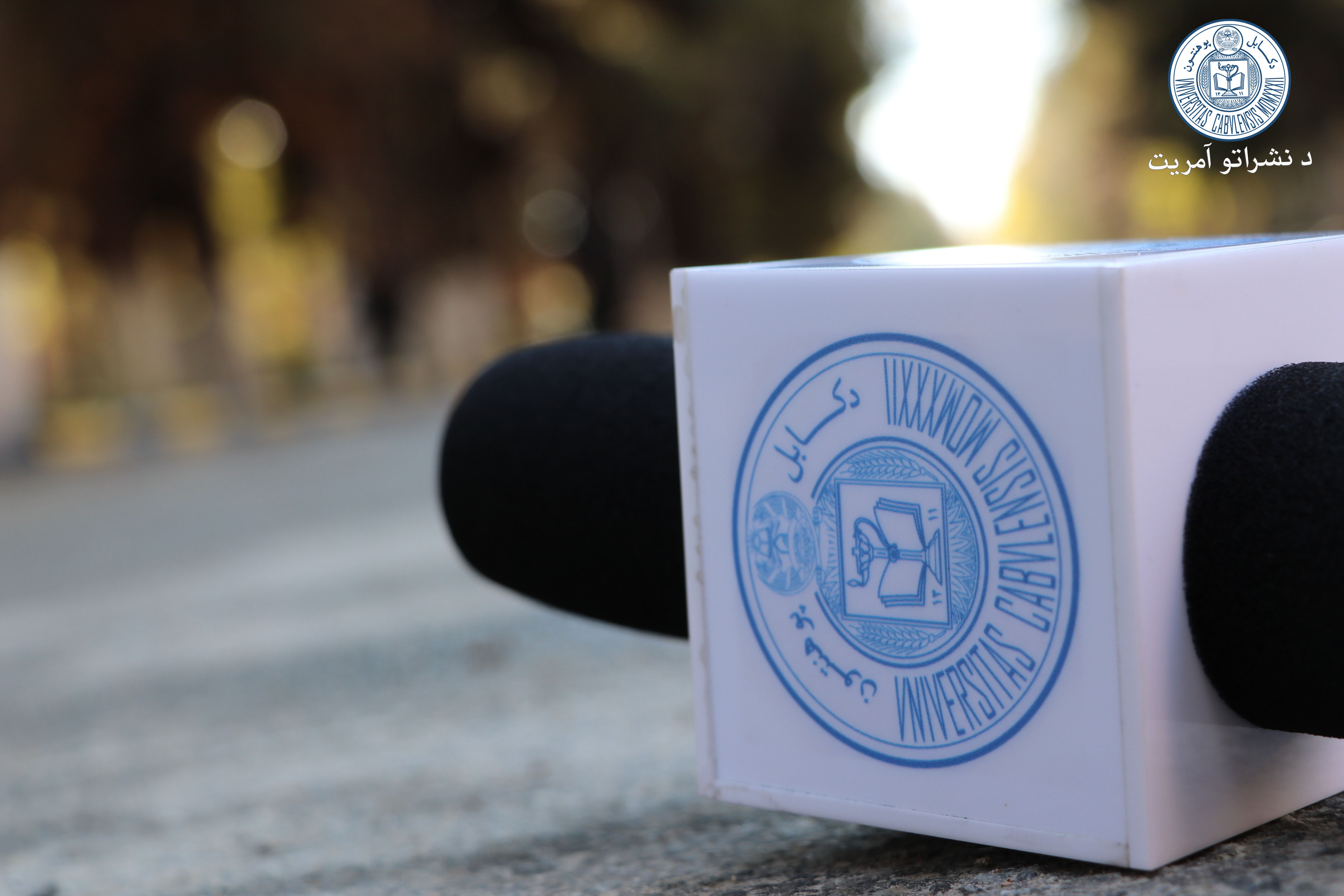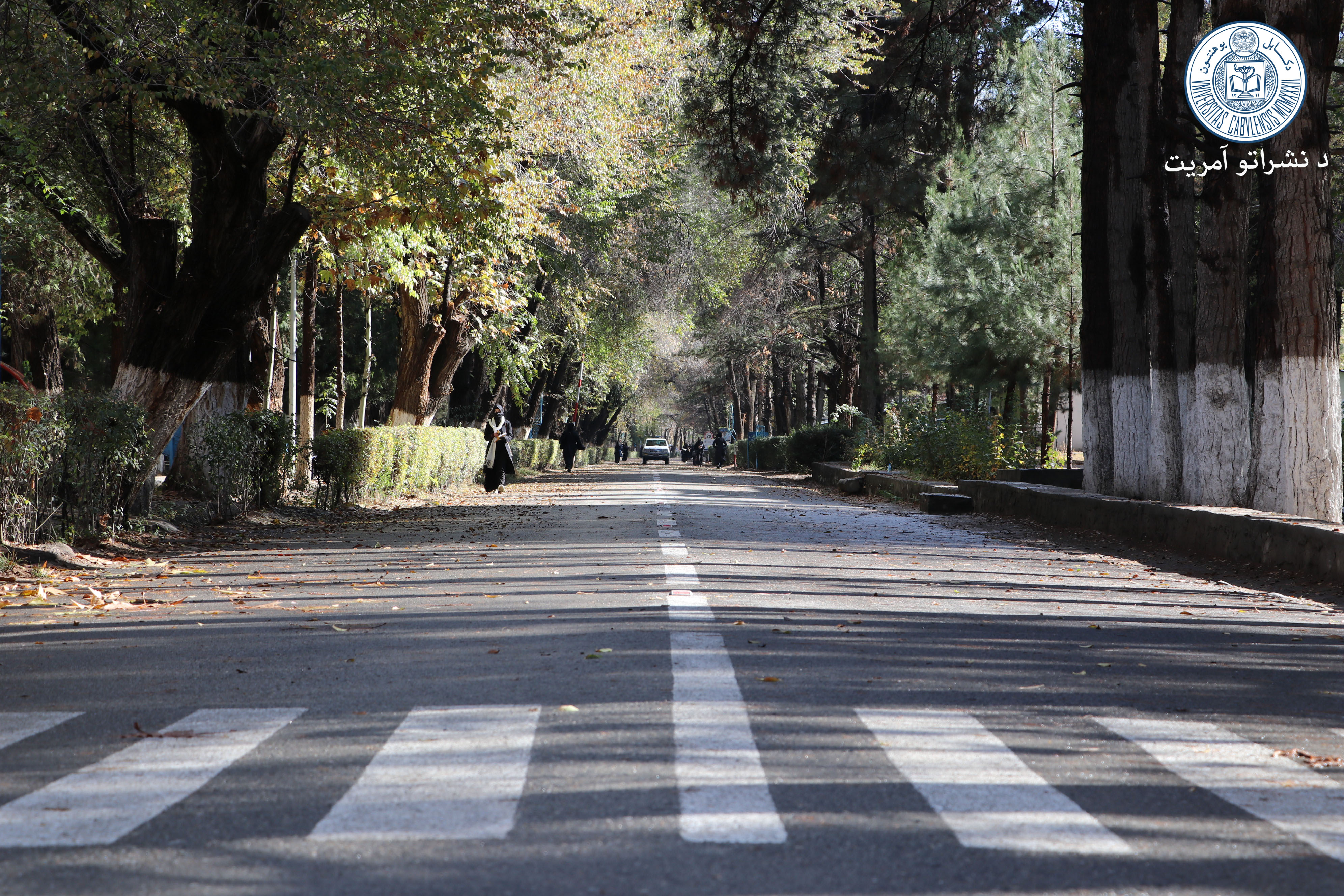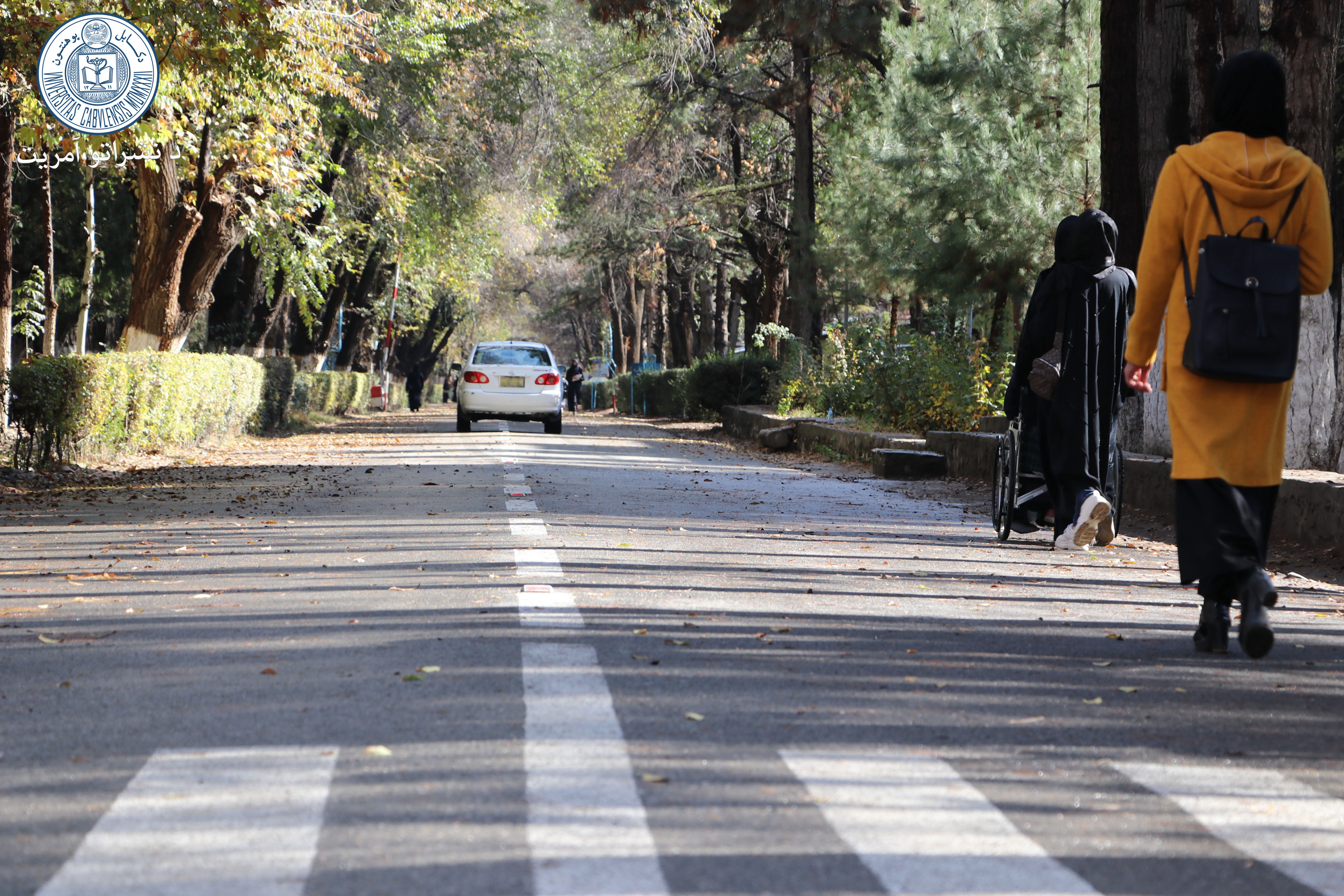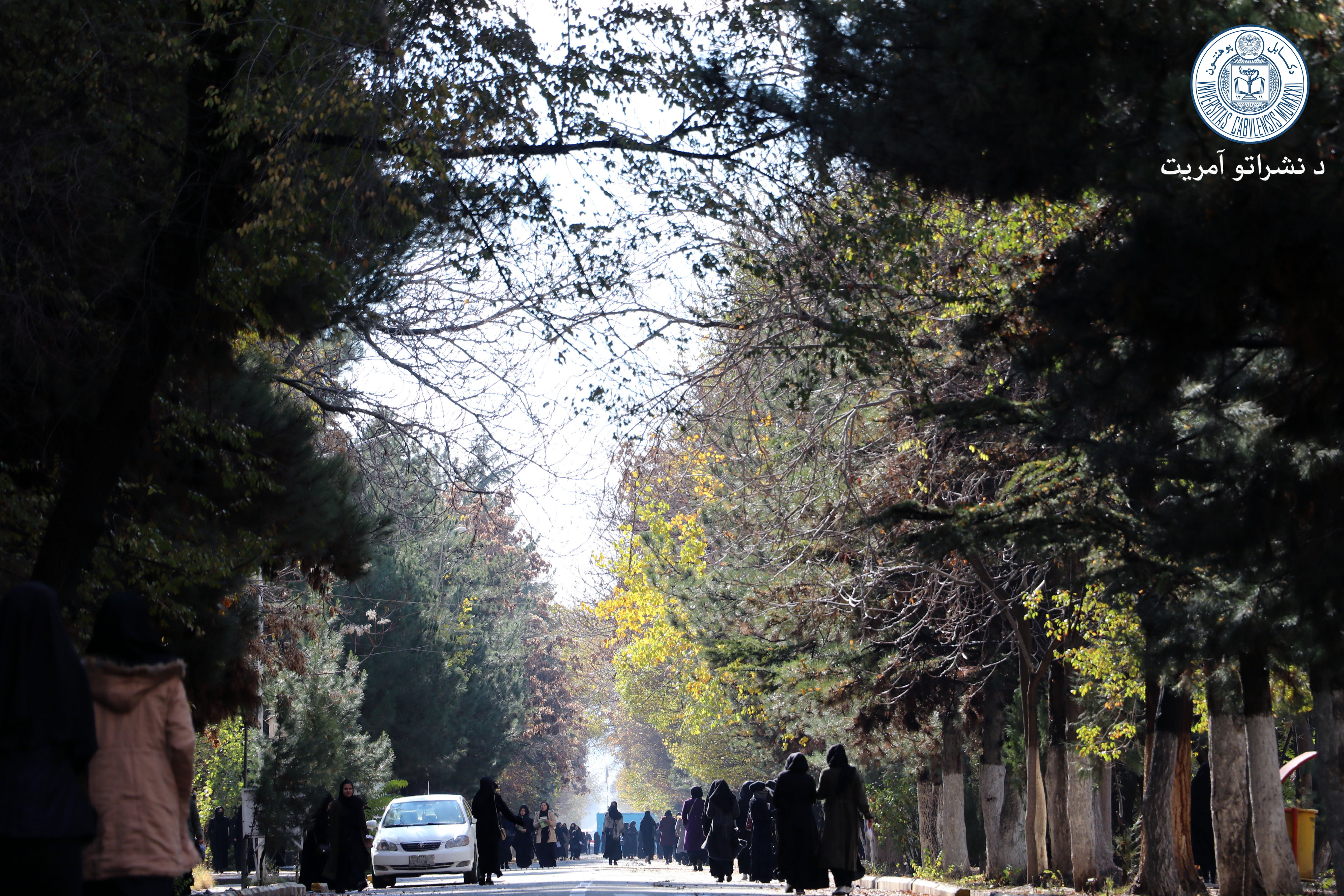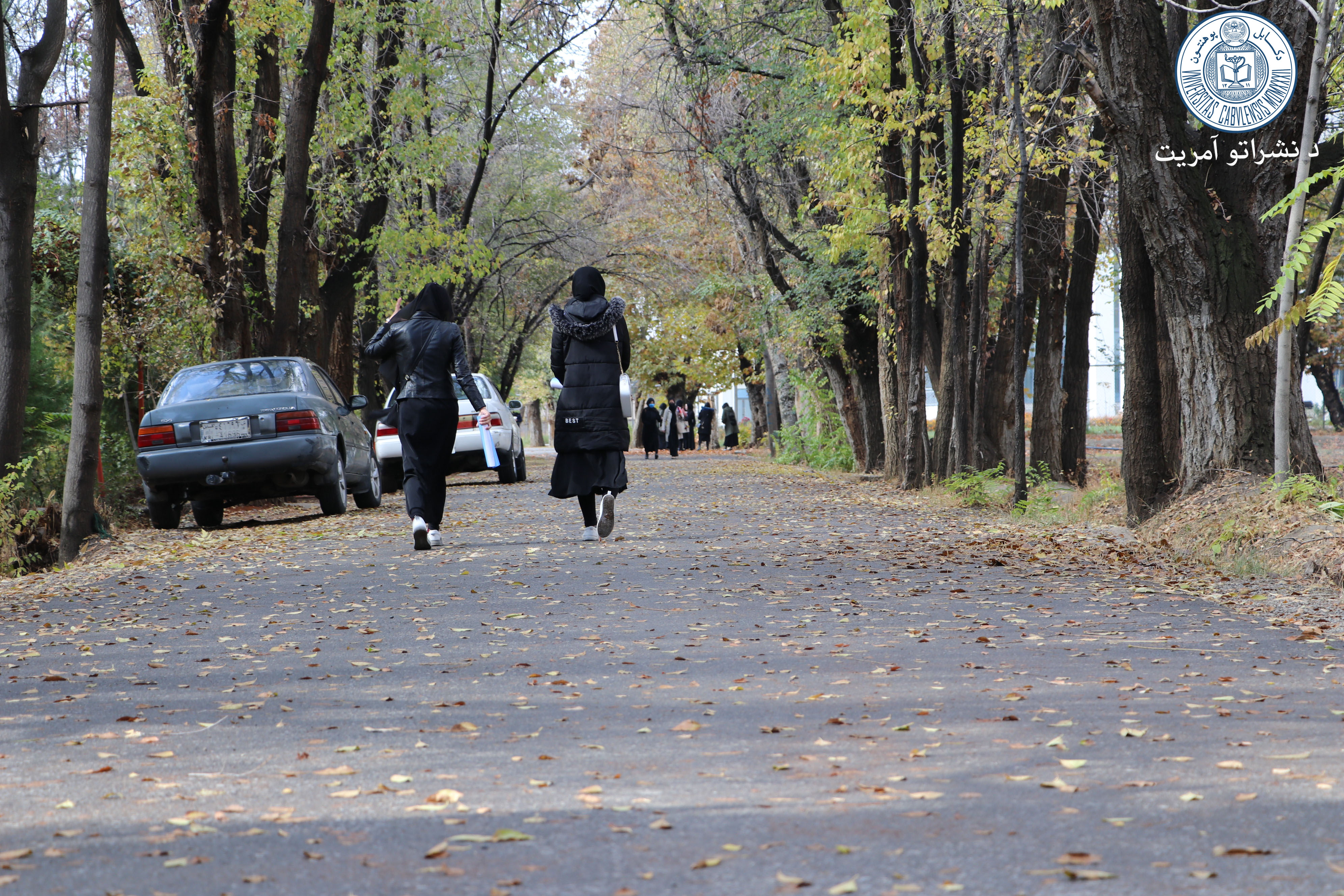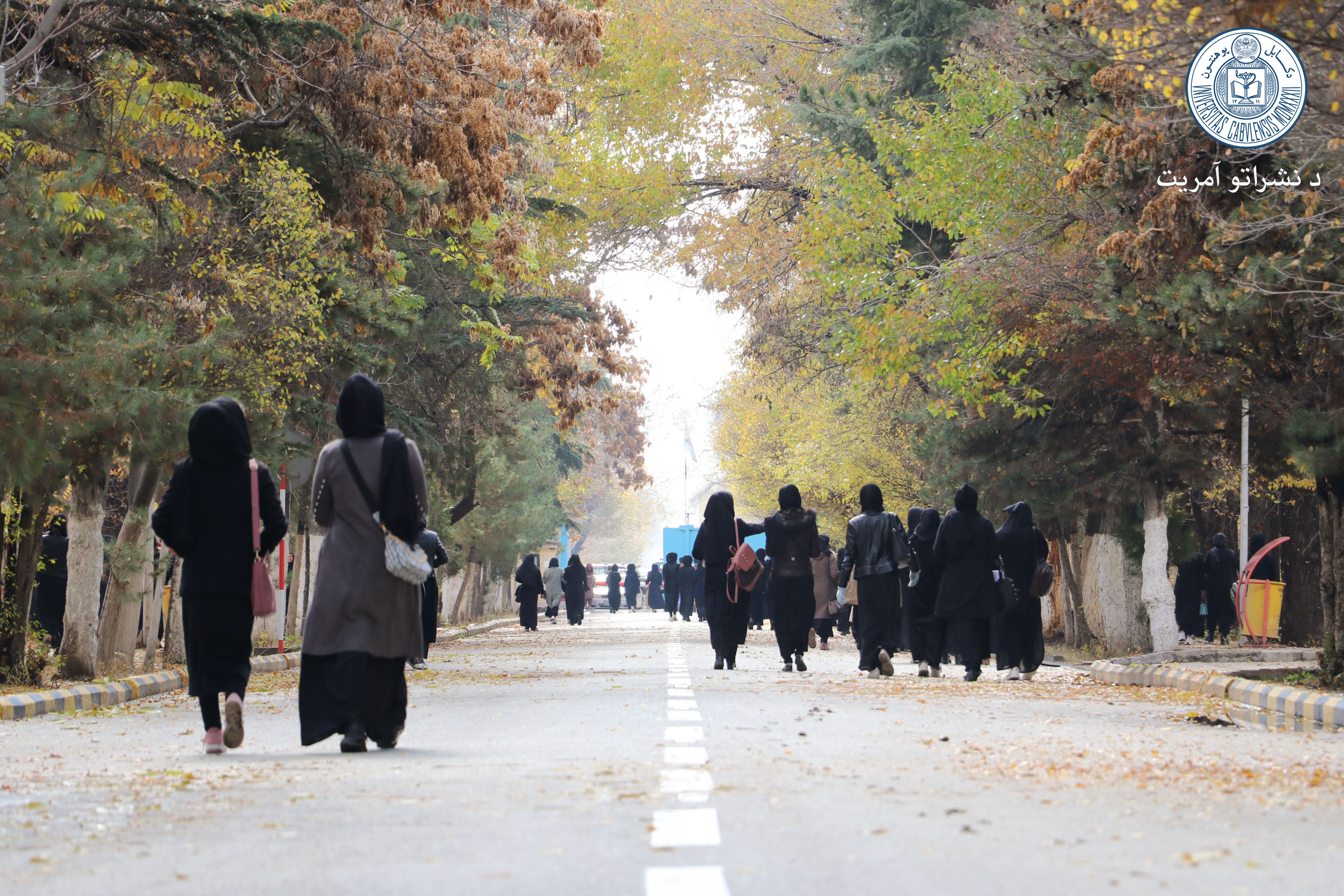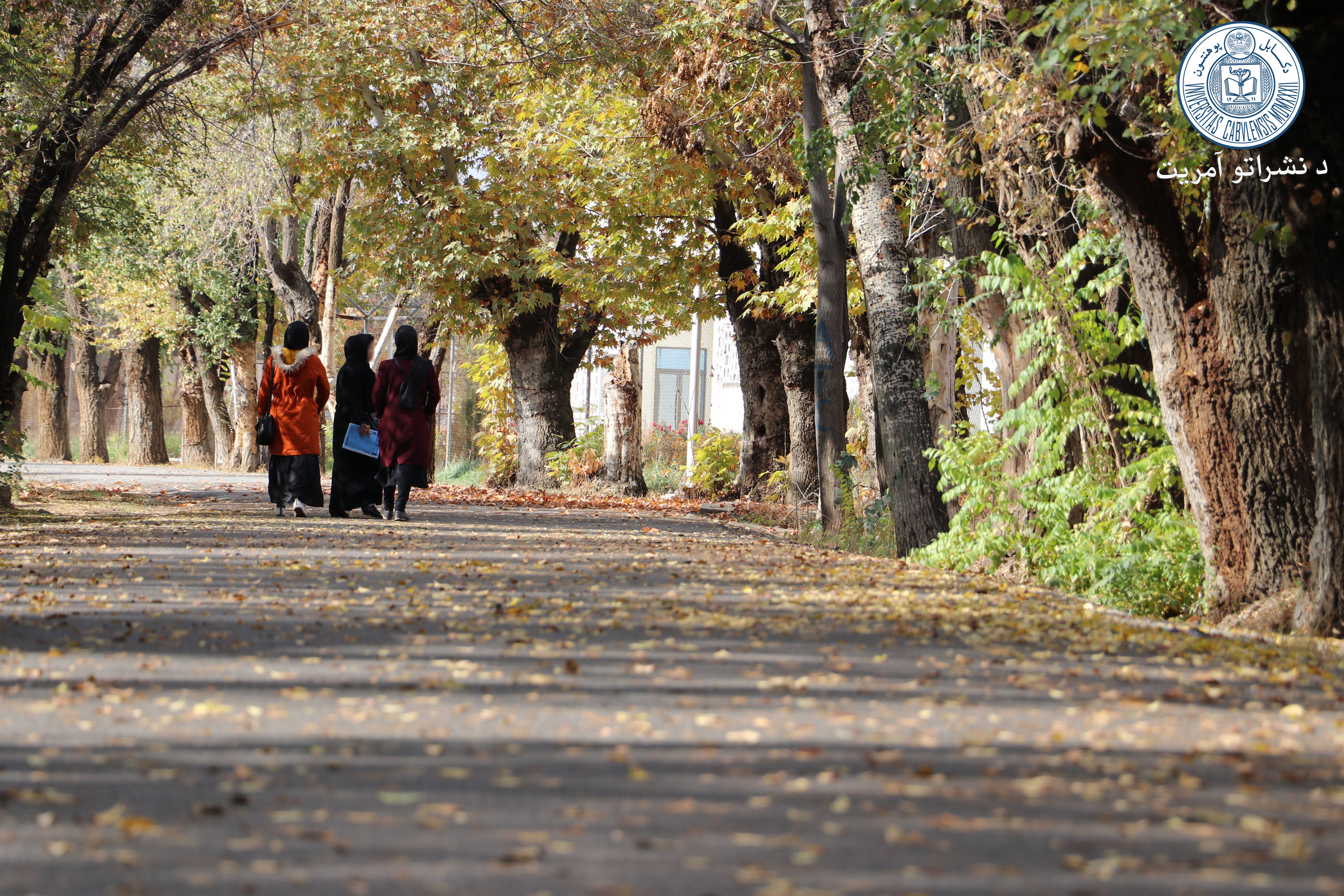Disaster Management Department
Natural hazards and disasters affect the lives of millions of people around the world. During the past few decades, natural disasters have killed several million people and caused significant economic losses. The majority of deaths were in developing countries, and Asia suffers the greatest casualties from natural disasters. In many least developing countries, disaster management—including preparedness, mitigation, response, recovery and reduction is not well-established.
Afghanistan faces multiple hazards such as avalanches, climate warming, droughts, earthquakes, floods, landslides, and sandstorms. For example, active mountain building processes in the Hindu Kush and Pamirs frequently cause earthquakes and widespread landslides. Response and recovery from these natural disasters has been hampered by the fact that large parts of the country’s economy and infrastructure has been destroyed as a result of recent wars and social conflict. Since 2001, the Government of Afghanistan has received humanitarian and development assistance from the international community to help return Afghanistan to stability and to increase resiliency. However, Afghanistan still remains one of the poorest countries in the world, with struggling infrastructure and severe barriers to development, which complicates hazard mitigation and rebuilding efforts.
Formal disaster management has been introduced in Afghanistan relatively recently. In 1971, the Department of Disaster Preparedness (DDP) was founded and evolved into the Afghanistan National Disaster Management Authority (ANDMA). ANDMA is one or the beneficiaries of the international community and receives support from the United Nations and other donor agencies.
Intended Learning Outcomes (ILOs)
DMD offers a student-centered and career-oriented degree that balances practice and theory. Upon completion of this program, students will be able to:
ILO1 Employ proficient theoretical and scientific knowledge in disaster management and environmental science.
ILO2 Use skills of written and verbal communication, research, planning, and management for advocating disaster prevention, mitigation, preparedness, response and recovery.
ILO3 Work responsibly as socially active and autonomous learners and leaders in building disaster resilience societies.
ILO4 Demonstrate teamwork and skills in future-thinking1 for addressing local to global issues related to disaster management.
ILO5 Demonstrate proficiency in computer technology skills and GIS within applied disaster management contexts.
Enrollment and Staffing
DMD attracts a diverse student body from different backgrounds and provinces across Afghanistan. During the 2017 academic year, the department had 120 students with female enrollment at 33%. Reducing class size to a maximum of 35 students is recommended for promoting student-centered teaching methods through problem- and project-based learning. DMD has two academic faculty members including the Head of the Department. The faculty members have academic credentials in geology, geo-engineering, environmental engineering, and disasters. Based on student enrollment and the number of core courses specific the department the optimal staffing structure should increase to four-department specific lecturers.
Course Nomenclature
Based on the new regulations of Credit issued by Ministry of Higher Education every subject has a code which exist of Two English characters and three numeric. The two English characters are for Faculty while the three numeric are for Semester and Subject. For example, for Faculty of Environment (En) should be selected. The Code (321) shows that the subject is taught in 3rd Semester and the code (21) is for the specific subject that can’t be repeated in the Faculty. So the DMD courses are identified by the same mechanism.
Table: Disaster Management Department members.
No.
Name/ Surname
Qualification
Academic Rank
Position
1
Shabir Ahmad Kabirzad
Master of
Urban and Environment
Assistant Professor
Head of the Department
2
Abidullah Arabzai
Master
of Engineering
Assistant Professor
Member
3
Mohammad Sharif Peroz
Bachelor
Environmental Sciences
Lecture
Member
4
Hayatullah Mushwani
Bachelor
Disaster Management
Lecture
Member
Disaster Management Department Curriculum
Table 21: First Semester
No.
Course
Code
Credit Number
Credit Hours
Theory
Practice
Credit
Total
Credit
Total
1
Chemistry-I
EN 121
3
2
32
1
16
2
Physics-I
EN 122
3
3
48
3
Math-I
EN 123
3
3
48
4
Biology-I
EN 124
3
2
32
1
16
5
Introduction to Disaster Management
EN 125
3
3
48
6
Information Technology-I
EN 126
1
1
16
7
English-I
EN 127
1
1
16
8
Islamic Studies
EN 128
1
1
16
9
Afghanistan History
EN 129
1
1
16
10
Total Credits
19
19
272
2
32
Table 22: Second Semester
No.
Course
Code
Credit Number
Credit Hours
Theory
Practice
Credit
Total
Credit
Total
1
Environmental Geology
EN 221
3
3
48
2
Math-II
EN 222
3
2
32
1
16
3
Biology-II
EN 223
3
3
48
4
Introduction to Natural Resources Mang
EN 224
3
2
32
1
16
5
Introduction to Environmental Science
EN 225
3
3
48
6
Information Technology-II
EN 226
1
1
16
7
Islamic Studies
EN 227
1
1
16
8
English-II
EN 228
1
1
16
10
Total Credits
18
16
256
2
32
Table 23: Third Semester
No.
Course
Code
Credit Number
Credit Hours
Theory
Practice
Credit
Total
Credit
Total
1
Introduction to Geography
EN 321
3
3
48
2
Ecological Statistics
EN 322
3
3
48
3
Environmental Ethics
EN 323
3
3
48
4
Principle of Management
EN 324
2
2
32
5
Geological Hazard and Natural Disaster
EN 325
3
2
32
1
16
6
Islamic Studies
EN 326
1
1
16
7
Weather, Water and Climate Hazards
EN 327
3
2
48
1
16
Total Credits
18
15
240
2
32
Table 24: Forth Semester
No.
Course
Code
Credit Number
Credit Hours
Theory
Practice
Credit
Total
Credit
Total
1
GIS-I
EN 421
3
2
32
1
16
2
Introduction to Scientific Writing
EN 422
3
1
16
2
32
3
Risk and Hazard Communication
EN 423
2
1
16
1
16
4
Geophysics
EN 424
3
3
48
5
Disaster and Society
EN 425
3
2
32
1
16
6
Disaster Planning and Management
EN 426
3
2
32
1
16
7
Islamic Studies
EN 427
1
1
16
Total Credits
18
12
192
6
96
Table 25: Fifth Semester
No.
Course
Code
Credit Number
Credit Hours
Theory
Practice
Credit
Total
Credit
Total
1
GIS II: Adv GIS and Spatial Analysis
EN 521
3
1
16
2
32
2
Ecology
EN 522
3
2
32
1
16
3
Emergency and Environmental Health
EN 523
3
3
48
4
War, Conflict and Internal Displacement
EN 524
3
3
48
5
Risk and Hazard Assessment
EN 525
3
2
32
1
16
6
Industrial and Technological Hazards
EN 526
3
2
32
1
16
7
Islamic Studies
EN 527
1
1
16
Total Credits
19
14
240
5
80
Table 26: Sixth Semester
No.
Course
Code
Credit Number
Credit Hours
Theory
Practice
Credit
Total
Credit
Total
1
Remote Sensing
EN 621
3
1
16
2
32
2
Climate Change Science and Society
EN 622
3
3
48
3
Environmental Monitoring for Disaster Mitigation
EN 623
3
2
32
1
16
4
Ecosystem-based Disaster Risk Reduction
EN 624
3
2
32
1
16
5
Disaster Recovery, Reconstruction and Resilience
EN 625
3
3
48
6
Engineering Geology
EN 626
3
3
48
7
Islamic Studies
EN 627
1
1
16
Total Credits
19
15
240
4
64
Table 27: Seventh Semester
No.
Course
Code
Credit Number
Credit Hours
Theory
Practice
Credit
Total
Credit
Total
1
Hazard Mapping and Zoning in Afghanistan
EN 721
3
1
16
2
32
2
Disaster Preparedness and Emergency Management
EN 722
3
2
32
1
16
3
Lecture Series: Disaster Management
EN 723
2
2
32
1
16
4
Disaster Risk Reduction and Sustainable Mountain Development
EN 724
3
2
32
1
16
5
Hazards and Disasters in Afghanistan
EN725
3
3
32
1
16
6
Research Methodology
EN 726
3
1
16
2
32
7
Islamic Studies
EN 727
1
1
16
Total Credits
18
12
176
8
128
Table 28: Eighth Semester
No.
Course
Code
Credit Number
Credit Hours
Theory
Practice
Credit
Total
Credit
Total
1
Disaster Management Policies, Laws and Strategies
EN 821
3
2
32
1
16
2
Monograph
EN 822
6
6
96
3
Option 1: Internship
Option 2: Environmental Citizenship through Applied Community Service LearningEN 823
4
4
64
4
International Disaster Management
EN 824
3
3
48
5
Resilient Cities
EN 825
3
3
48
6
Isamic studies
EN 826
1
1
16
10
20
9
144
11
176
Credits Breakdown
Required Credits
13
(144-168 max credits)
Basic Credits
56
(21 -17 credits per semester)
Core Credits
80
Total Program Credits
149









